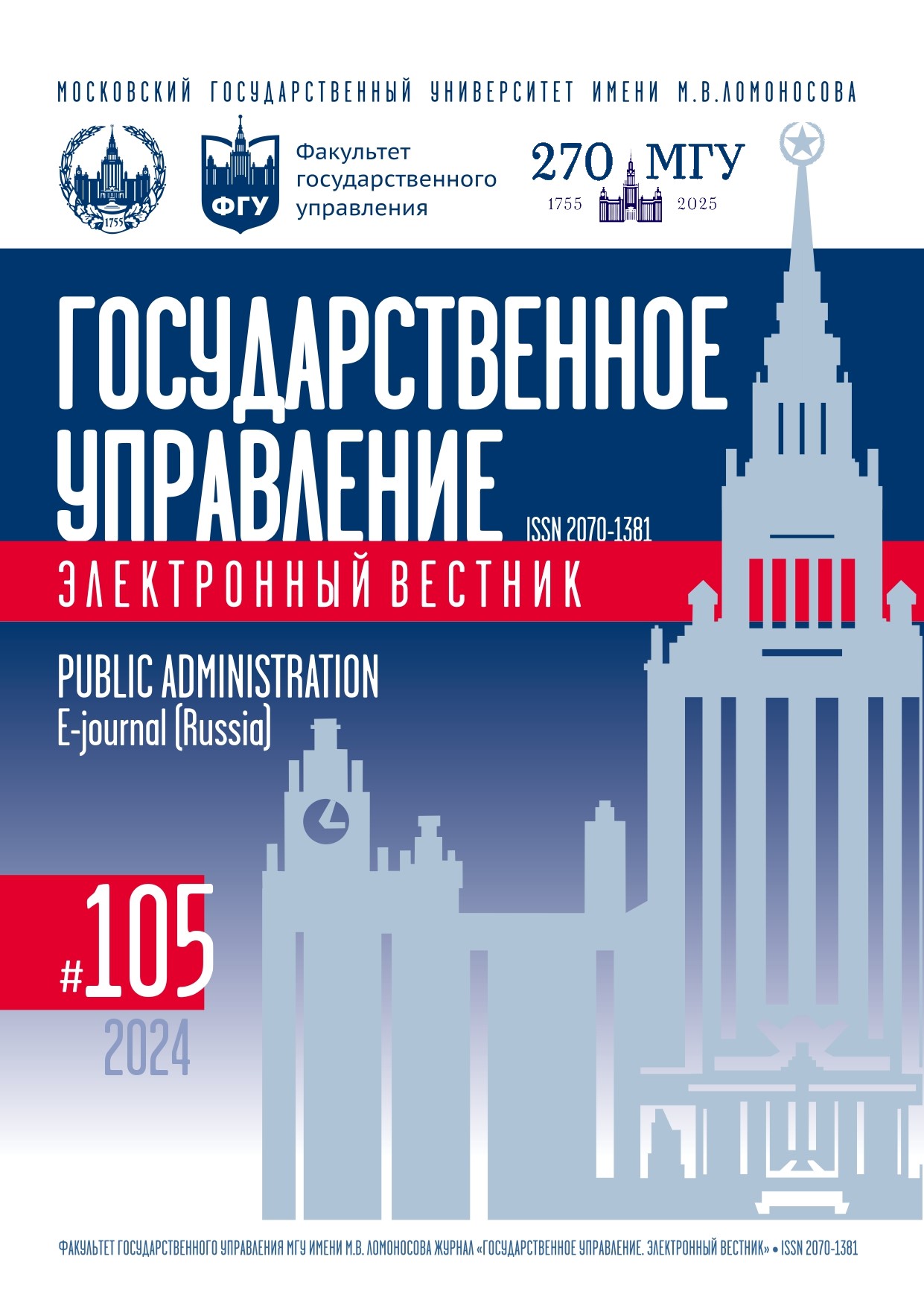The Influence of the Regional Maternity Capital Program on Fertility (Case of Yamal-Nenets Autonomous Okrug)
Keywords:
Fertility, parity-specific fertility, demographic policy, regression discontinuity design, maternal capital.Abstract
Since 2011 Russian regions began to develop their own maternity capital programs. Initially their funding was small, but gradually some regions significantly modernized their programs, expanding the categories of participants and significantly increasing payments. In particular, in the fall of 2019, the government of the Yamalo-Nenets Autonomous Okrug (YNAO) announced a significant expansion of their regional program. The aim of this study is to test whether the positive birth rate dynamics in the YNAO compared to other regions was associated with the introduction of a relatively more generous maternity capital program. It is particularly noteworthy that the effects of updating the regional maternity capital program were observed in the context of a steady decline in fertility in Russia against the backdrop of growing socio-economic uncertainty, as well as stagnation and decline in real incomes of the population. To identify the direct effect of the regional maternity capital program, a discontinuity regression method was applied to individual data on fertility in the YNAO in 2015–2022. In addition to total fertility, models for different birth orders (for the first, second, third, and fourth and subsequent children) were considered. According to our estimates, the change in the total fertility rate (TFR) for all births amounted to 0.15. No effect was found for the first births, the growth of TFR for the second births amounted to 0.12, for the third births — 0.08. The observed changes were primarily related to the urban population’s fertility. Thus, we conclude that the modernization of the maternity capital program in the YNAO made it possible to slow down at the regional level the negative dynamics of fertility observed at the national level.
References
Андреев Е.М. Конечный эффект мер демографической политики 1980-х в России // Мир России. Социология. Этнология. 2016. Т. 25. № 2. С. 68–97.
Архангельский В.Н. Помощь семьям с детьми в России: оценка демографической результативности // Социологические исследования. 2015. № 3(371). С. 56–64.
Бирюкова С.С., Синявская О.В. Больше денег — больше рождений? Оценка влияния изменений в семейной политике 2007 г. на вероятность рождения второго и последующих детей // Мониторинг общественного мнения: экономические и социальные перемены. 2021. № 2. С. 48–72. DOI: 10.14515/monitoring.2021.2.1830
Вакуленко Е.С., Ивашина Н.В., Свистильник Я.О. Региональные программы материнского капитала: влияние на рождаемость в России // Экономика региона. 2023. Т. 19. № 4. С. 1077–1092. DOI: 10.17059/ekon.reg.2023-4-10
Захаров С.В. История рождаемости в России: от поколения к поколению // Демографическое обозрение. 2023. Т. 10. № 1. С. 4–43. DOI: 10.17323/demreview.v10i1.17259
Казенин К.И., Козлов В.А. Региональные меры поддержки многодетных семей в РФ // Журнал исследований социальной политики. 2020. Т. 18. № 2. С. 191–206. DOI: 10.17323/727-0634-2020-18-2-191-206
Bergsvik J., Fauske A., Hart R.K. Can Policies Stall the Fertility Fall? A Systematic Review of the (Quasi‐) Experimental Literature // Population and Development Review. 2021. Vol. 47. Is. 4. P. 913–964. DOI: 10.1111/padr.12431
Comolli C.L., Vignoli D. Spreading Uncertainty, Shrinking Birth Rates: A Natural Experiment for Italy // European Sociological Review. 2021. Vol. 37. Is. 4. P. 555–570. DOI: https://doi.org/10.1093/esr/jcab001
Farré L., González L. Does Paternity Leave Reduce Fertility? // Journal of Public Economics. 2019. Vol. 172. P. 52–66. DOI: 10.1016/j.jpubeco.2018.12.002
Gauthier A.H., Hatzius J. Family Benefits and Fertility: An Econometric Analysis // Population Studies. 1997. Vol. 51. Is. 3. P. 295–306.
Gauthier A.H., Philipov D. Can Policies Enhance Fertility in Europe? // Vienna Yearbook of Population Research. 2008. Vol. 6. Is. 1. P. 1–16. DOI: 10.1553/populationyearbook2008s1
González L. The Effect of a Universal Child Benefit on Conceptions, Abortions, and Early Maternal Labor Supply // American Economic Journal: Economic Policy. 2013. Vol. 5. Is. 3. P. 160–188. DOI: 10.1257/pol.5.3.160
Hart R.K., Holst C. What about Fertility? The Unintentional Pro-Natalism of a Nordic Country // Social Politics: International Studies in Gender, State and Society. 2024. DOI: 10.1093/sp/jxad033
Kan K., Lee M.J. The Effects of Education on Fertility: Evidence from Taiwan // Economic Inquiry. 2018. Vol. 56. Is. 1. P. 343–357. DOI: 10.1111/ecin.12492
Lee D.S., Lemieux T. Regression Discontinuity Designs in Economics // Journal of Economic Literature. 2010. Vol. 48. Is. 2. P. 281–355. DOI: 10.1257/jel.48.2.281
Lieming F. Will China’s “Two-child in One Family” Policy to Spur Population Growth Work? // Population and Economics. 2019. Vol. 3. Is. 2. P. 36-44. DOI: 10.3897/popecon.3.e37962
McDonald P. Low Fertility and the State: The Efficacy of Policy // Population and Development Review. 2006. Vol. 32. Is. 3. P. 485–510. DOI: 10.1111/j.1728-4457.2006.00134.x
Slonimczyk F., Yurko A. Assessing the Impact of the Maternity Capital Policy in Russia // Labour Economics. 2014. Vol. 30. P. 265–281. DOI: 10.1016/j.labeco.2014.03.004
Wang F., Yong C., Baochang G. Population, Policy, and Politics: How Will History Judge China’s One‐Child Policy? // Population and Development Review. 2013. Vol. 38. Is. s1. P. 115–129. DOI: 10.1111/j.1728-4457.2013.00555.x
Yakovlev E., Sorvachev I. The Effect of a Child Subsidy on Short-term and Long-term Fertility and its Relationship to the Housing Market // SSRN. 2019. DOI: 10.2139/ssrn.3416509

